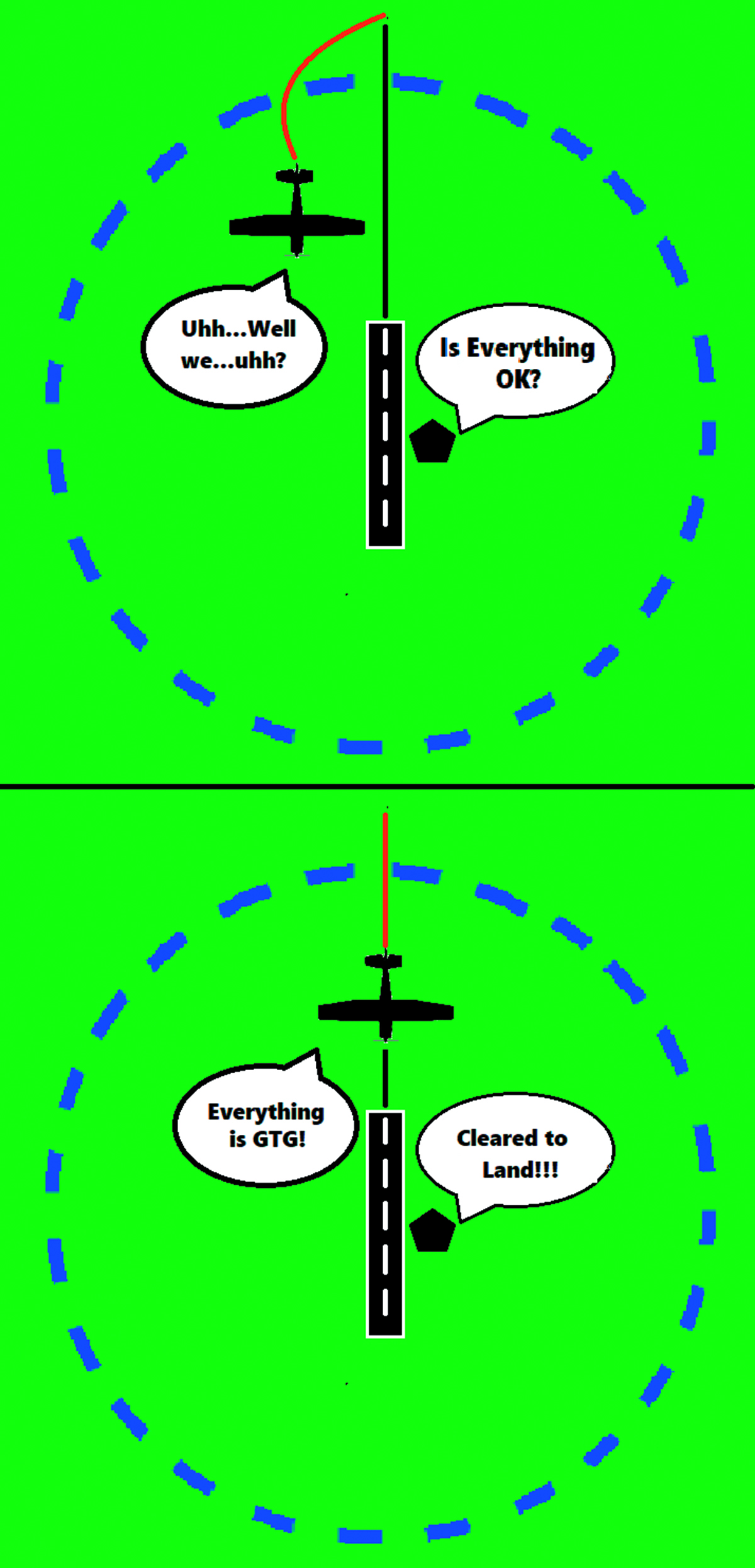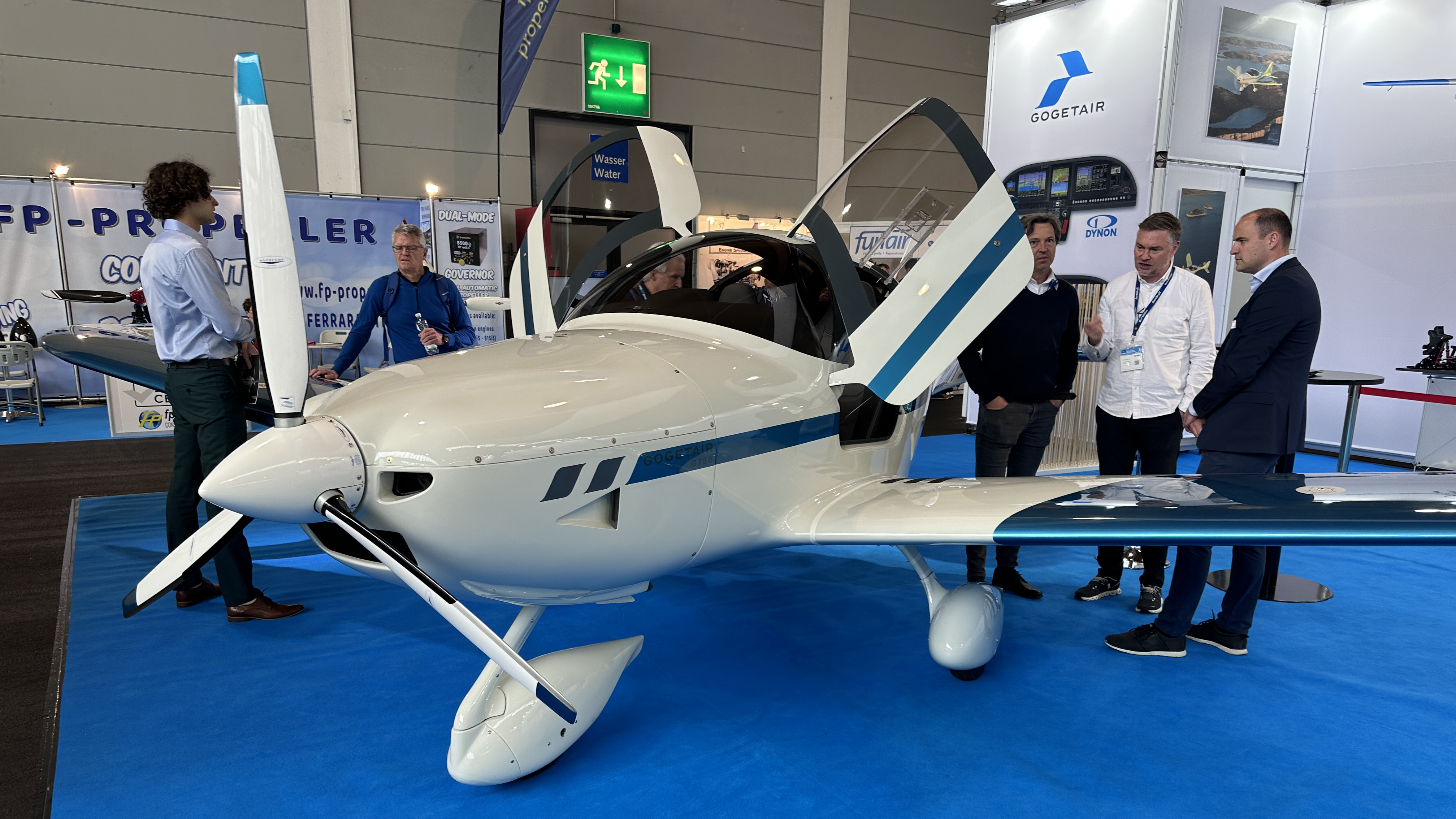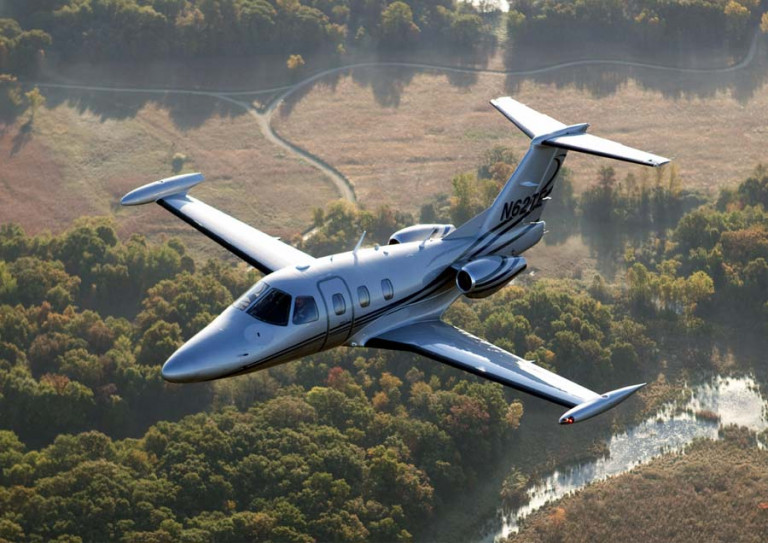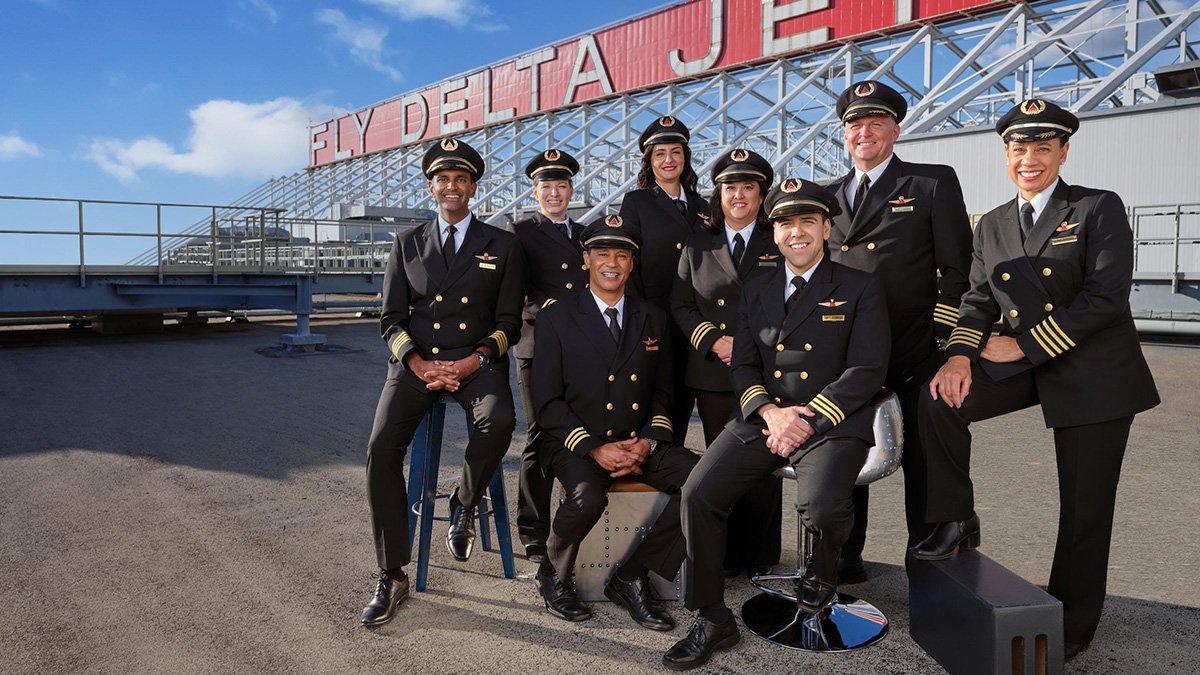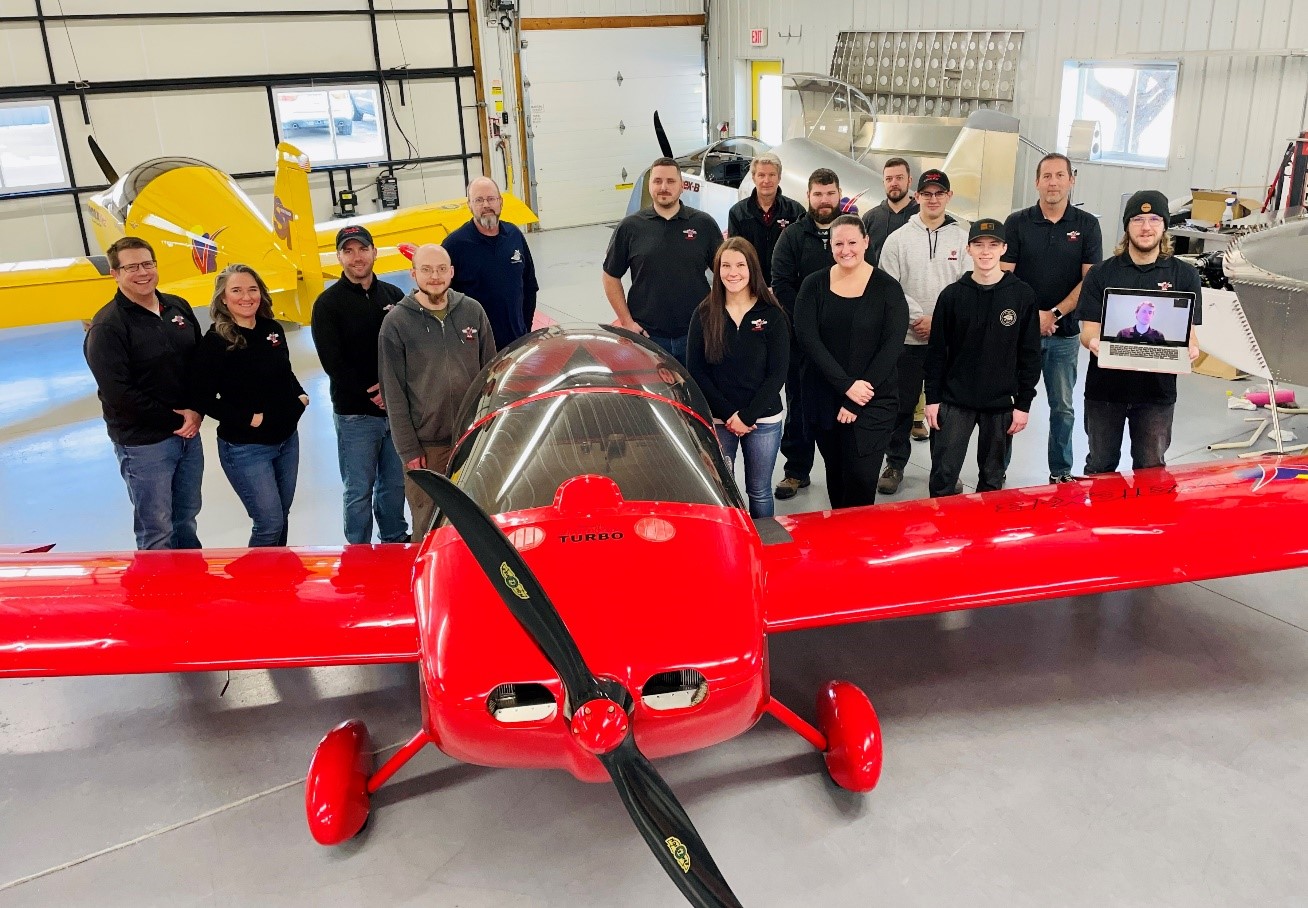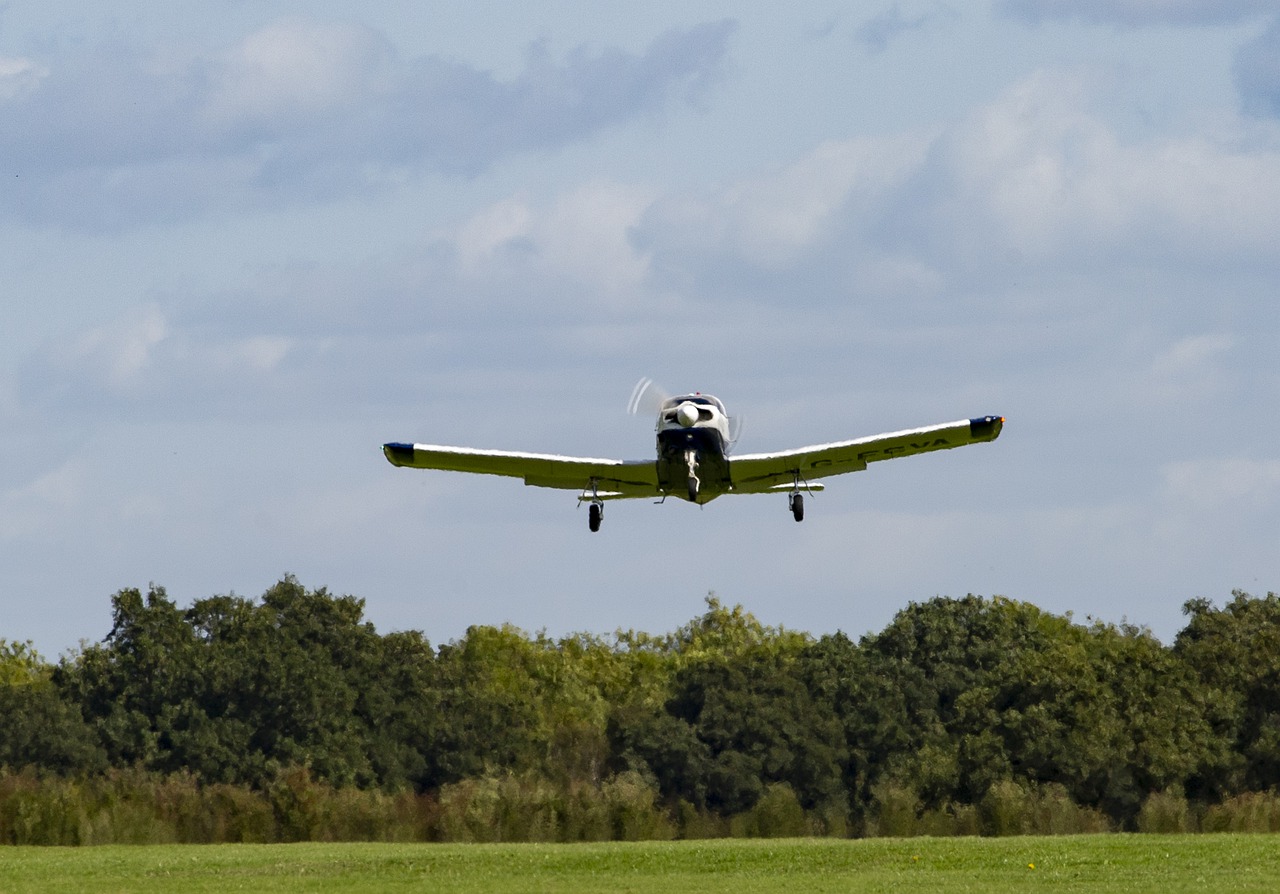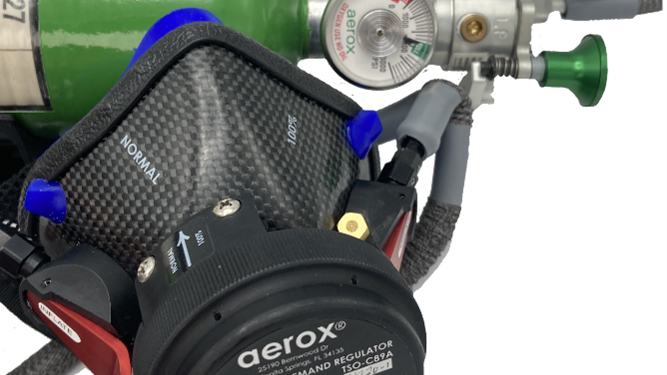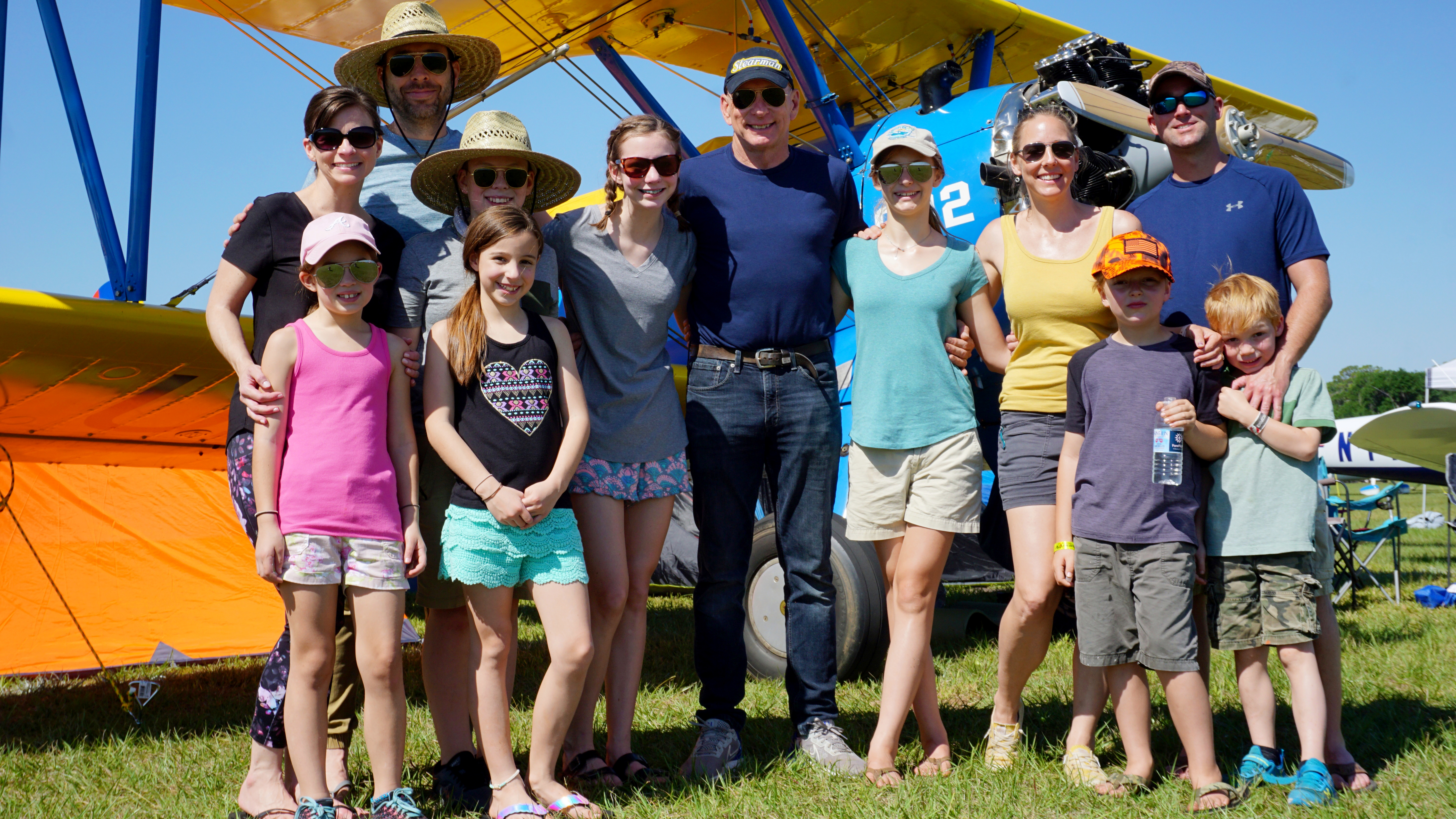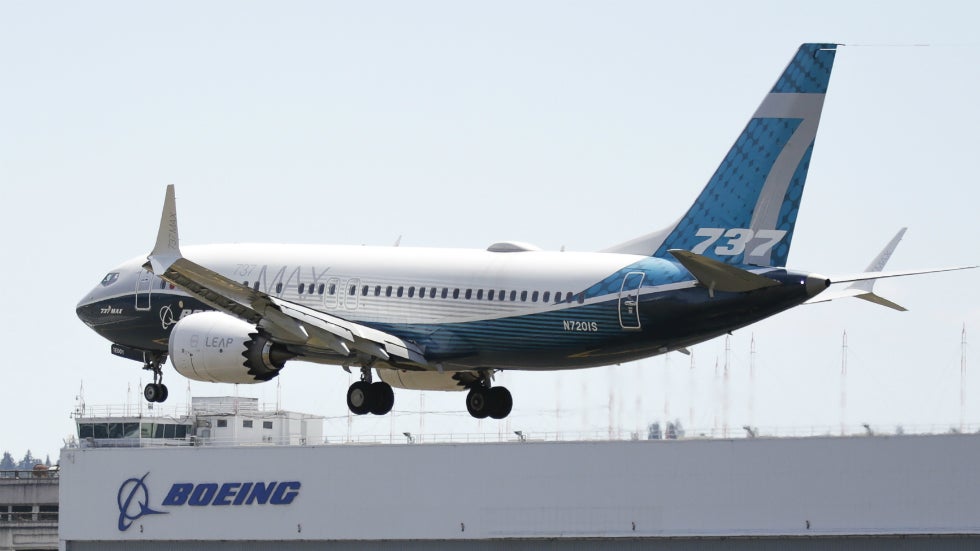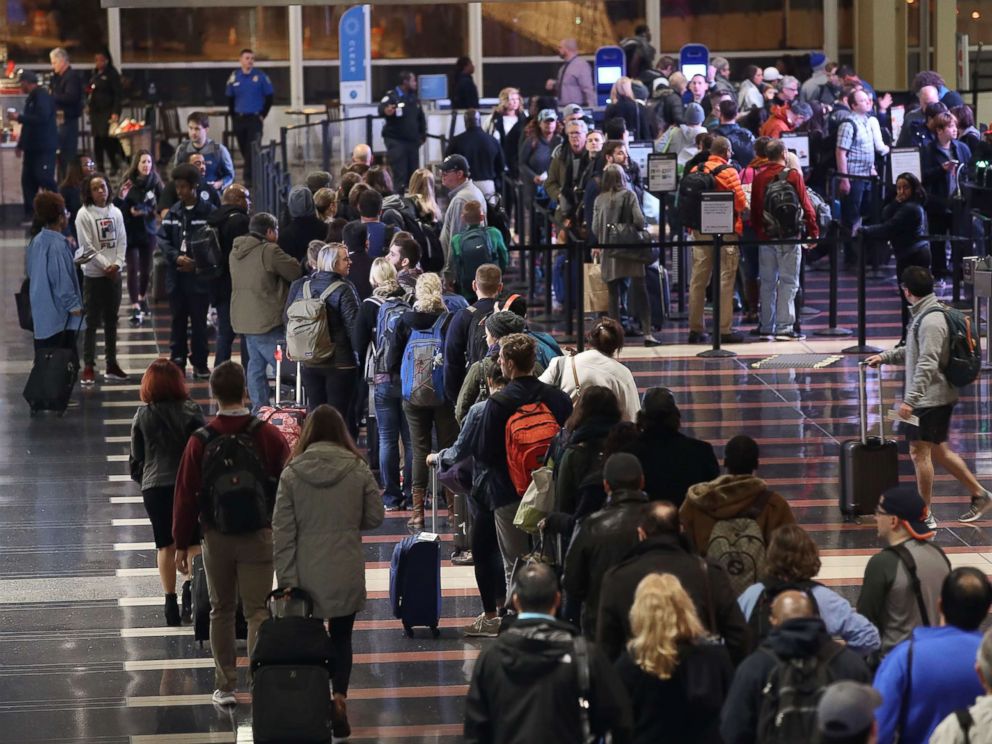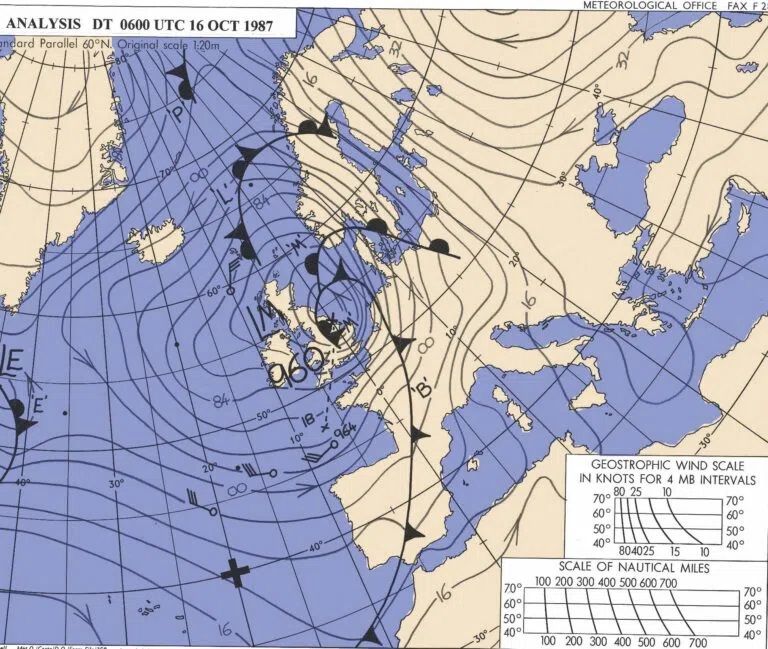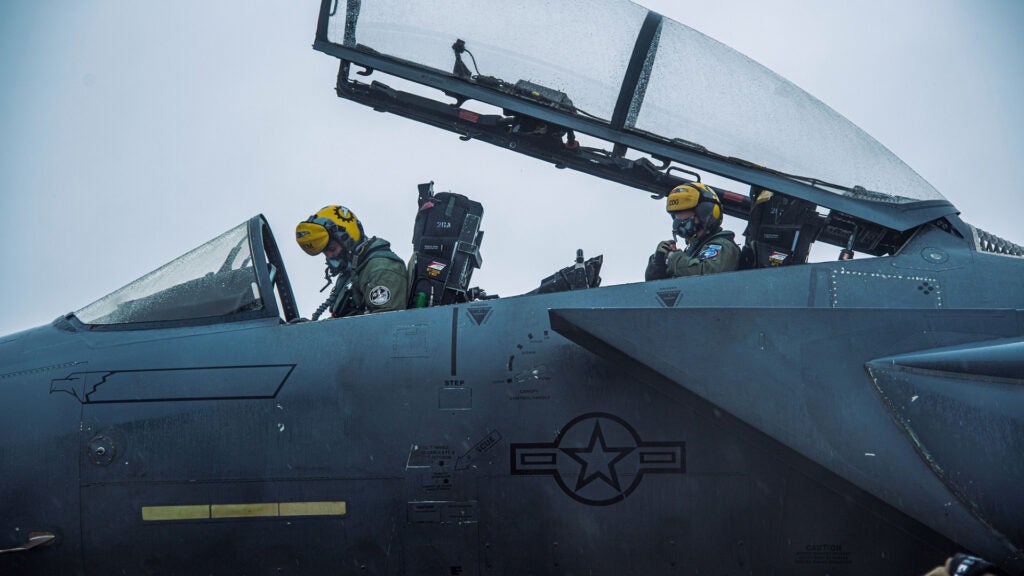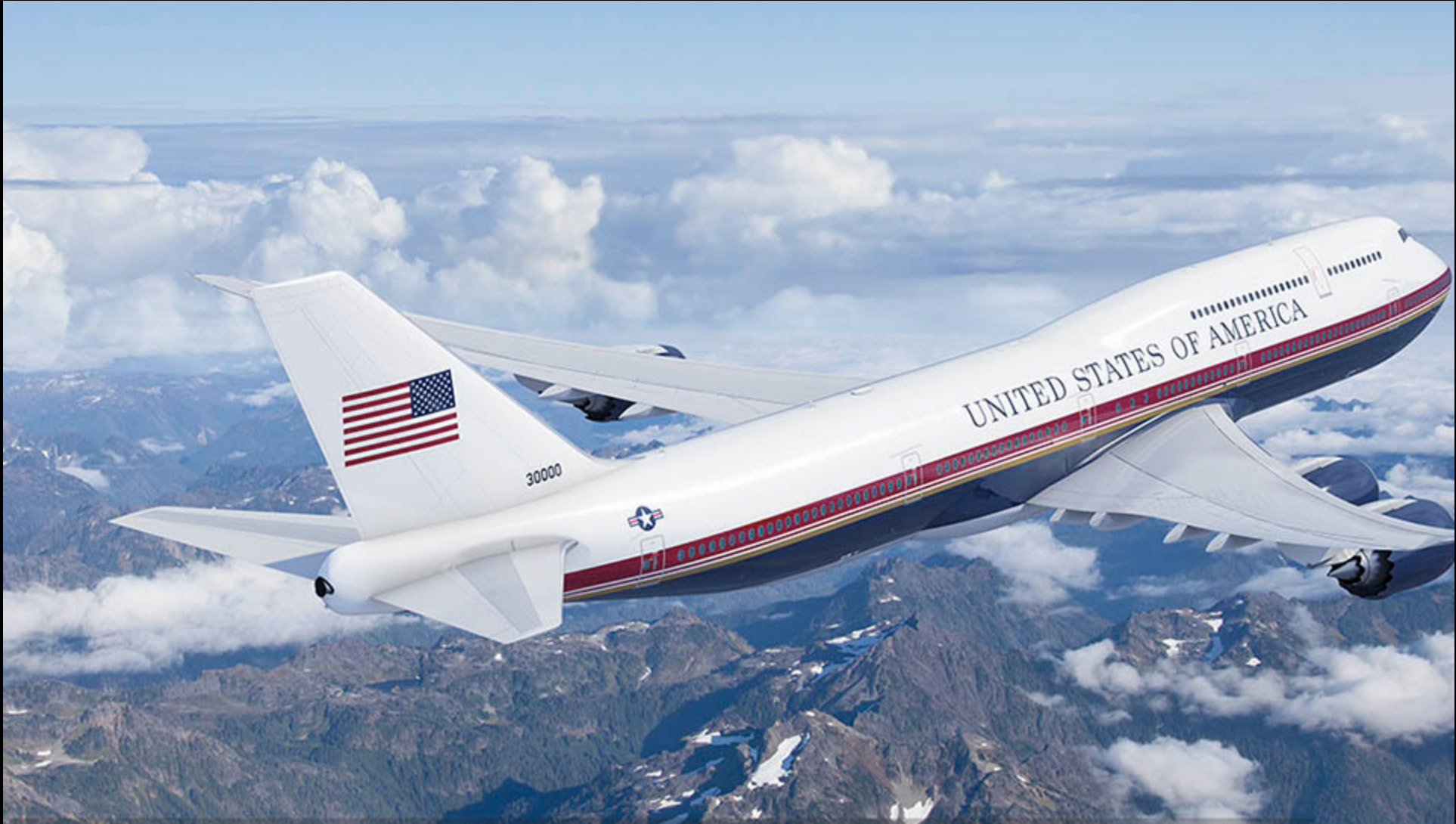Embraer C-390 Millenium
Embraer C-390 Millenium user+1@localho… Wed, 12/08/2021 - 21:17 The Embraer C-390 Millennium is a medium military transport aircraft powered by two IAE V2500-E5 turbofan engines capable of supplying 31,330 lbf. (138 kN) of thrust each. It was...

The Embraer C-390 Millennium is a medium military transport aircraft powered by two IAE V2500-E5 turbofan engines capable of supplying 31,330 lbf. (138 kN) of thrust each. It was originally known as the KC-390.
Program History
The KC-390 program was initiated in April 2009 under a seven-year contract between Embraer and the Brazilian Air Force (FAB). This $1.3 billion ($1.56 billion in 2019 USD) contract for two prototypes envisaged a first flight in 2012 and entry into FAB service in 2015, with the FAB paying the full cost of development. The KC-390 was not Embraer’s first proposal for a military tanker/transport aircraft, however, as it had in 2007 described concept studies into a cargo derivative of the Embraer 190 regional jet. This concept was discarded in favor of the clean-sheet KC-390 design, which emerged in response to a Brazilian requirement for the replacement of aging Lockheed Martin C-130E Hercules tactical airlifters. The requirement stipulated a payload capacity of 19 metric tons (41,888 lb.) over a 1,400 nmi (2,593 km) range. The new design also envisaged a short-field austere landing capability, including the ability to cope with icy runways so that the KC-390 could support Brazil’s Antarctic research presence.
In the early phases of the program Embraer also considered marketing a derivative of the aircraft to commercial customers looking to replace Boeing 757 freighters. In July 2010, the FAB committed to acquiring 28 KC-390s. Note that by this time Embraer studies indicated a goal of 23 metric tons (50,706 lb.) of payload against the 19 metric-ton goal of the original proposal. At the original payload requirement, the design could travel 2,000 nmi (3,704 km).
In September 2010 Chile and Colombia indicated they intended to procure six and twelve aircraft, respectively. Commitments from Portugal and the Czech Republic followed later the same month, the two countries agreeing to acquire six and two aircraft, respectively. In November Argentina announced its intent to acquire six. All five countries secured industrial involvement in the program in exchange.
Following these letters of intent Embraer worked to finalize the industrial arrangements that would underlie full-rate production of the aircraft, and by February 2011 it was close to securing approval from the FAB for its selections for the KC-390’s main systems. Schedule slippage meant that by this point the first flight milestone had slipped to mid-2014, with an initial operating capability to be achieved in 2016.
International Suppliers
In March 2011 Embraer began awarding contracts to suppliers. DRS Defense Solutions was contracted to develop the cargo handling and aerial delivery system and in April Embraer announced that Fábrica Argentina de Aviones would be a major supplier of structural components for the aircraft. This included the spoilers, nose landing gear doors, ramp door, flap fairings, tail cone and electronics cabinet. Aero Vodochody was awarded a contract for rear fuselage parts, crew and parachutist doors, emergency doors and hatches, the cargo ramp and the aircraft’s fixed leading edges. OGMA, a Portuguese subsidiary of Embraer, was awarded a contract to build the center fuselage, the sponsons and the elevators.
In May, Embraer announced that Rockwell Collins would provide its Pro Line Fusion avionics suite for the KC-390. Confirming earlier rumors, Embraer in July 2011 said it had selected the International Aero Engines (IAE) V2500-E5 turbofan engine to power the KC-390. Deliveries were to begin in 2013. IAE is a joint venture then composed of Pratt & Whitney and its Swiss subsidiary P&W Aero Engines International GmbH, MTU Aero Engines, the Japanese Aero Engine Corporation and Rolls-Royce. In October 2011 Rolls-Royce sold its stake in IAE to United Technologies Corporation (UTC), P&W’s parent company. UTC is now Raytheon Technologies Corporation following an April 2020 merger with Raytheon Company.
BAE systems was later contracted to provide the fly-by-wire flight control system, Goodrich Corporation to provide electrostatic actuators for the flight control system and Messier-Bugatti-Dowty to provide braking equipment and the landing gear extension system. The landing gear itself was provided by Eleb, a Brazilian company. Cobham was selected to provide underwing refueling pods for the aircraft, Brazil’s AEL Sistemas (an Elbit subsidiary) to provide mission computers, Leibherr to provide the life support and pressurization system and Italy’s Selex Galileo to provide its radar.
Early on in the KC-390’s development Embraer decided to pursue civil certification for the aircraft even though it was primarily intended for military customers. This has not been completed yet, but the KC-390 is expected to eventually be certified by the Brazilian civil airworthiness authority ANAC in compliance with RBAC Part 25 airworthiness standards (RBAC Part 25 is broadly equivalent to the U.S. Federal Aviation Administration standards established under 14 CFR Part 25).
Flight Test Program and Production Rollout
In early 2013 Embraer completed the critical design review (CDR) for the KC-390. It also revealed its internal forecasts on global demand for tactical airlifter. Embraer expected a market for 728 aircraft over ten years, excluding “mature countries” such as the U.S. and U.K. Embraer expected it could capture up to 20% of that market.
On Oct. 21, 2014, Embraer rolled out the first KC-390 prototype and began ground trials almost immediately. The prototype first flew on Feb. 3, 2015, but Brazil’s budget woes forced a suspension of the flight test campaign until the third quarter and pushed the overall program schedule back by 18 months. The second prototype was not unveiled until March 2016.
In September 2016 Embraer began conducting free fall and static line parachute tests from the ramp and side doors. It also conducted container airdrop testing and extended hoses from the aerial refueling pods for the first time. The same year it received a provisional type certificate for the KC-390 from the FAB organization responsible for certification of military aircraft. In October 2017 an incident occurred in which the first prototype suffered an uncommanded descent from 20,000 ft. (6,096 m) to 3,100 ft. (945 m) at a rate of 4,500 ft./min (1,372 m) during a stall test. Some test equipment apparently became unfastened and moved in the cargo bay, generating a significant shift to the aircraft’s center of gravity. In December 2017 the program achieved its initial operating capability (IOC) and was granted a provisional type certificate by ANAC.
In May 2018 the first KC-390 prototype suffered a malfunction on landing that resulted in a 260 m runway excursion. There were no fatalities, but the crash forced Embraer to delay delivery of the first production aircraft to the FAB until 2019. It also retained custody of the first production standard aircraft to continue the flight test campaign while the damaged prototype was evaluated and repaired. The first production standard KC-390 first flew in October 2018 and that same month the aircraft was awarded a final civil type certification. On Sept. 4, 2019, the first production-standard KC-390 was delivered to the FAB after conducting flight demonstrations at the Paris Air Show in June.
Partnership with Boeing
At the 2019 Dubai Airshow Boeing and Embraer signed a cooperation agreement on the KC-390, which was rebranded as the C-390 Millennium in November. Under the agreement Boeing and Embraer would establish a joint venture called Boeing Embraer Defense, with Embraer holding a 51% controlling stake. Variants of the aircraft maintaining its aerial refueling capability would still be designated KC-390 after the agreement.
The agreement would have allowed Embraer to market the aircraft to the U.S. government and other customers without diluting its focus on emerging and smaller markets. Because of Boeing’s status as an established U.S. defense prime contractor, Boeing would be able to leverage its existing connections and infrastructure to obtain a U.S. type certificate for the aircraft and would gain participation in an airlifter program able to compete directly against the Lockheed Martin C-130J Super Hercules.
This agreement collapsed on April 25, 2020, which may impair the marketability of the C-390, though Boeing has said it continues to abide by a 2012 master teaming agreement with Embraer to market the aircraft. At the same time it left the C-390 partnership Boeing abandoned a parallel agreement to acquire an 80% stake in Embraer’s commercial aircraft business, which bodes ill for Boeing’s relationship with Embraer in general. Acrimony surrounding the failed partnership complicates the issue, with Embraer accusing Boeing of failing to live up to the terms of its agreement due to financial stresses related to the 737 MAX grounding and costs and schedule disruptions related to the COVID-19 crisis.
Truncation of FAB Order
On May 26, 2021 the FAB issued a notification that it would be revising its contract for 28 C-390s down due to the budgetary impact of the COVID-19 pandemic. In November it announced that it would only acquire 15 aircraft. Embraer contests the decision and has indicated it will pursue legal action. The FAB said that it had sought a mutually agreeable solution since April 2021, to no avail. The loss of half the FAB order would deal a huge blow to the program and would probably make it very difficult to keep the C-390 line open beyond the 2020s.
Features
Overall Design
The C-390 has a high swept wing mounted at a 9.8-deg. anhedral angle and a large T tail. It was designed around its cargo bay and optimized for short-field and austere runway performance. Leading-edge slats improve the C-390’s ability to operate at slow speeds and large spoilers enable rapid descents. Aero Vodochody supplies the fixed leading edge, part of the rear fuselage section, the cargo ramp and the cabin doors. The C-390 can take off in 2,600 ft. (792.5 m) with a 30,860 lb. (14,000 kg) payload and fly up to 500 nmi (926 km).
The aircraft features low pressure landing gear tires to cope with austere runways: the front tires are filled to 85 psi and the eight main tires are filled to 105 psi. The landing gear design enables landings on runways with Californian bearing ratios (CBRs) of as low as 4, though Embraer does not say at what loadings this is possible. The tires can be changed on the ramp, and the C-390 is designed to take off and land at least five times without maintenance to the landing gear system. The landing gear is produced by Eleb, an Embraer subsidiary. In the event of a hydraulic failure, the landing gear can be manually lowered with a release handle located below the right seat.
The two pilots can be augmented by a third crewmember to facilitate aerial refueling or SAR missions, with an optional station installed behind the pilots. This station features an extra display and is fully integrated with the cockpit avionics system. Two bunks also are located aft of the pilot seats.
Maneuverability and Flight Controls
The KC-390’s flight controls system was developed jointly with BAE Systems and Goodrich. It features two primary hydraulic channels and a backup electronic system using electric-hydrostatic backup actuators. This ensures that even in the event of a total failure of the hydraulics system and loss of pressure individual pumps connected to the electrical system can actuate the flight controls. The full-authority fly-by-wire system delivers aircraft center-of-gravity computation and structural load alleviation with a variety of modes for different operational envelopes.
Selectable flight control modes include the main mode, a maximum effort mode, a tactical navigation mode, an airdrop mode, an aerial firefighting mode and a search-and-rescue mode. In the maximum effort mode, the slats and spoilers are extended, and the aircraft can complete a descent at its maximum operating speed at a rate of 9,000 ft./min (2,743 m/min).
The flight control interfaces themselves are manufactured by Esterline. Sidesticks for both pilots are interconnected and provide force feedback to the pilots, and they feature trim switches to permit pitch and roll trim adjustment with hands remaining on the throttle and stick. The sticks also feature a touch control steering (TCS) button to momentarily decouple the autopilot actuators without disengaging the system entirely, permitting manual adjustments to altitude.
The C-390 can deflect its flaps up to 40 deg. in one-degree increments. It is capable of both slats-only and flaps-only extension.
On the ground, the aircraft can complete a 180-deg. turn within a 75.5 ft. (23 m) radius. The nosewheel can be turned up to 67 deg. During landings the spoilers are extended fully to 50 deg., and in combination with brakes on all eight main wheels and thrust reversers this facilitates the C-390’s short-field capability.
Engines
The IAE V2500-E5 is a derivative of the V2500-A5 Select One with a full-authority digital engine controller (FADEC), a ruggedized thrust reverser and structural improvements. The IAE V2500-E5 is rated to provide up to 31,330 lbf. (138 kN) of thrust and has a 4.7:1 bypass ratio. It features one 22-blade fan stage, a four-stage low pressure compressor and a five-stage low-pressure turbine. The high-pressure system consists of a ten-stage axial flow compressor and a two-stage annular combustion system. The accessory gearbox runs off the high compressor from a radial drive/tower shaft; the gearbox itself is mounted to the fan case. The engines are mounted with 7.5 ft (2.3 m) of ground clearance to avoid ingestion of runway debris, and they are integrated with the on-board maintenance system.
Cargo Handling and Refueling
The C-390’s cargo hold measures 60.7 ft x 11.32 ft x 9.68 ft (18.5 m x 3.45 m x 2.95 m) including the ramp, which can store two 463L master pallets. The main part of the hold can carry five 463L pallets. The cargo floor sits 4.07 ft (1.24 m) off the ground, making roll-on/roll-off loading simple with the ramp extended. To provide stability during loading operations on soft ground or in a crosswind, two extensible support struts are located just aft of the main landing gear. The C-390 can carry up to 57,320 lb. (26,000 kg) of cargo, 15,320 lb. (6,910 kg) more than the 42,000 lb. (19,090 kg) maximum allowable payload of the C-130J. The C-390’s cargo bay also is somewhat wider and taller than that of the C-130J. When the ramp space is excluded the C-390 has a 41.67-ft. (12.7-m) long cargo bay, comparable to the 41-ft. (12.5 m) bay of the C-130J. The C-130J-30 Super Hercules has a 56-ft. (17.07 m) long cargo bay.
The size of the C-390’s cargo bay and its allowable payload weight permit it to carry a wide variety of cargo. This includes two tracked M113 armored personnel carriers, one Boxer or Guarani armored vehicle or a Sikorsky H-60 family medium transport helicopter. Seventy-four litters can be carried to support medical evacuation with allowances for medical staff and equipment. In a personnel carriage configuration, the C-390 can carry up to 80 troops or 66 paratroopers in full gear. A mixed load can also be carried, with the equivalent of six 463L pallets and 36 troops. Deflectors mounted forward of the two rear parachutist doors can be extended to divert airflow off the wing to provide a benign environment for paratroopers. The cargo compartment is fully pressurized and features a heated floor.
Cobham provides the aerial refueling system for the C-390 as well as its auxiliary fuselage fuel tanks. The fueling system consists of two 912E hose-and-drogue refueling pods mounted under each wing and a refueling probe mounted above the cockpit. Each 912E pod can operate off of aircraft power or its own integral ram air turbine and deliver up to 400 US gal. per minute (1,514 L per minute) at pressures up to 50 PSIG (345 kPa). The KC-390’s wide flight envelope allows it to refuel both fixed- and rotary-wing aircraft at speeds between 120 kt. and 300 kt. from altitudes from 2,000 ft. to 32,000 ft. The probe features a weak-link adaptor that separates from the probe mast if subjected to excessive hose loads. Because of the probe, the C-390 can both fuel other aircraft and be refueled itself while in flight. When receiving fuel the aircraft can engage a flight control law that dampens stick input to allow for precise adjustments necessary to align the probe. The palletized auxiliary tanks can be fitted to the cargo bay and improve the aircraft’s range for search-and-rescue operations. They also permit greater fuel offload in an aerial refueling configuration. Three can be carried, each with a capacity of 2,350 US gal (8,896 L). They also are capable of transferring fuel directly to ground vehicles.
For the airdrop mission the aircraft can carry up to 42,000 lb. of cargo. When the pilots are ready to conduct the airdrop they depress a trigger on the stick that automatically engages the airdrop flight control laws and signals the loadmaster to unlock the cargo. Both gravity and drogue chute-aided drops are supported. The air drop flight control mode trims the aircraft into a nose-down attitude so that the resultant change in weight and center of gravity from the drop is already compensated for and the aircraft is able to swiftly return to proper trim. The aircraft also features a continually computed drop point (CCDP) system accounting for altitude, airspeed and wind speed and direction.
The C-390 also is designed to carry an aerial firefighting system that appears to be similar in design to the U.S. Modular Airborne Fire Fighting System (MAFFS). The MAFFS is a modular system designed to be installed in a C-130 cargo bay.
Avionics
The C-390 carries the Rockwell Collins Pro Line Fusion avionics suite, centered around five 15.1-in LCD displays. Two are allocated to each pilot, with a fifth angled in the center console between the two. Each pilot has a head-up-display (HUD), which is augmented by four cameras installed in front of the windshield wipers to support an enhanced vision system (EVS). A synthetic vision system (SVS) is also included, and both the SVS and EVS feeds also can be shown on the primary flight displays. The displays can be controlled by keyboards, scratchpads and cursor control devices immediately aft of the center display. The suite is fully compatible with night vision goggles. The C-390 avionics suite also includes a terrain-avoidance and warning system (TAWS), a traffic collision avoidance system (TCAS) and an engine-indicating and crew-alerting system (EICAS).
Rockwell Collins also provided the cargo handling and aerial delivery control system (CHADCS) with the Pro Line Fusion system for the C-390 to support its cargo mission. CHADCS is based around a loadmaster station with its own displays and controls, a network of lock control units and control panels that can sense inputs, measures force and actuate locks.
For navigation, the C-390 carries the Thales High Performance Inertial Reference System (HPIRS) and the Topstar 200 Global Positioning System (GPS) receiver.
For situational awareness, the C-390 carries the Selex Galileo Gabbiano T20 air-cooled, mechanically scanned, low-power X-band radar. The T20 covers a 180-degree arc cone in front of the aircraft. It features electronic counter-countermeasures, a track-while-scan capability and synthetic aperture radar (SAR) and ground moving target indicator (GMTI) modes. It is ideal for search-and-rescue operations at sea because of its ability to track search-and-rescue transponder (SART) beacons, and can also be used to support tactical navigation in its ground mapping, weather and terrain avoidance modes. With 1600 hr. mean-time-between-failures it is relatively low maintenance. Cobham provides the composite nose radome where the radar is mounted.
Survivability and Countermeasures
The C-390’s self-protection suite includes radar warning receivers (RWRs), laser warning receivers (LWRs), a missile approach warning system (MAWS) and chaff-and-flare dispensers. Supplementing these more basic capabilities, AEL Sistemas was contracted to provide a directed infrared countermeasures system (DIRCM) for the C-390. The C-390’s ability to operate at up to Mach 0.8 allows it to minimize its time spent over hostile airspace, and its redundant hydraulic systems and damage-tolerant airframe lessen the risk of battle damage rendering the aircraft inoperative. The KC-390 also features an Eaton fuel tank inerting system supported by an onboard inert gas generating system (OBIGGS).
The cockpit and windows are protected against up to .50-caliber rounds. Kevlar mats can be added to the cockpit floor for added protection. The C-390 also has upper fuselage evacuation hatches for the crew to escape in an emergency.
Variants
C-390
The C-390 is the current marketing designation for the aircraft.
KC-390
While the C-390 originally was marketed as the KC-390, the program now primarily uses the C-390 Millennium moniker. However, aircraft in the aerial refueling configuration can still be described as KC-390s in line with the U.S. tri-service designation system and its Brazilian counterpart.
Upgrades
In April 2019 it emerged that Rafael was in talks with Embraer to fit ISR systems to the C-390.
Production and Delivery History
Embraer said in June 2019 that it could build up to 12 C-390 aircraft a year on a regular shift schedule.
Letters of Intent
Operators that signaled intent to procure C-390s through 2010 letters of intent are described here.
Argentina
Argentina’s 2010 letter of intent for six C-390s has yet to be followed with a contract. Because of Argentina’s restricted budget environment and the global economic contraction associated with the COVID-19 pandemic, it has become unlikely that Argentina will be able to procure the aircraft.
Chile
Chile has not yet finalized a contract with Embraer for the six C-390s it negotiated a letter of intent for in 2010.
Colombia
Colombia has not yet finalized a contract with Embraer for the 12 C-390s it negotiated a letter of intent for in 2010.
Czech Republic
The Czech Republic has not yet finalized a contract with Embraer for the two C-390s it negotiated a letter of intent for in 2010. In May 2009, Czechia had ordered four Airbus C295 light transport aircraft to replace its Antonov An-26s. These were delivered in 2010. In December 2019 two additional C295s were ordered. Though these are primarily intended to replace Yakovlev Yak-40 VIP aircraft they also will be used for training operations, allowing the other C295s to focus more narrowly on the airlift mission.
Moreover the 2015 15-year defense plan outlining Czech modernization efforts to 2030 does not envision the procurement of additional transport aircraft aside from the Yak-40 replacement. It does call for increasing the “self-sufficiency” of its airlift force but also says that it will seek new airlift capacity through “multinational programmes.” It is unclear whether or not this refers to Czech participation in NATO’s Strategic Airlift Capability (SAC). Under SAC, Bulgaria, Estonia, Hungary, Lithuania, the Netherlands, Norway, Poland, Romania, Slovenia, the United States and non-NATO members Finland and Sweden share access to three Boeing C-17 Globemaster III medium airlifters. The aircraft are based in Hungary and will be jointly operated until at least 2038.
Portugal
Following the 2010 letter of intent between Portugal and Embraer for the acquisition of six C-390 aircraft Portugal in June 2016 entered into negotiations for the acquisition of five aircraft. The proposed contract would include an option for the sixth aircraft, and a flight simulator to be installed in Portugal. Portugal envisaged a 2021 IOC but this milestone likely has slipped with the Brazilian delivery schedule.
Adding further uncertainty, in January 2019 Portuguese Air Force Chief of Staff Gen. Manuel Teixeira Rolo indicated that his service may abandon the KC-390 procurement due to the costs involved. Rolo stated that Embraer was asking for €950 million ($1.09 billion), $137 million more than the €830 million ($949 million) budgeted for the aircraft. If Embraer does not agree to cost reductions, Portugal will seek alternatives; Rolo directly referenced both the Lockheed Martin C-130J and the Airbus A400M.
In July 2019 the Portuguese government approved the acquisition of five aircraft for €827 million ($930.5 million). The first aircraft is slated to be delivered in 2023, with one to follow each year through 2027. The contract included 12 years of maintenance support but did not include the envisaged sixth aircraft option. The contract was signed on Aug. 22, 2019.
Other Customers
Operators who considered procurement of the C-390 without early letters of intent are described here. Brazil also is included as it firmly committed to procurement from the outset of the program
Brazil
Twenty-eight C-390 aircraft were ordered by the FAB in the original July 2010 contract. Brazil also is entitled to the two preproduction prototype aircraft, which are to be converted to production standard after the conclusion of the test period. Because of the extensive damage to the first prototype, it is unclear whether the FAB will eventually receive the full 30 aircraft or if the prototype will be written off. Two aircraft were delivered in 2019 and are in service, while at least two working prototypes remain in Embraer hands. As discussed in the "Program History" section, Brazil has cut its order nearly in half to 15 aircraft.
Canada
Embraer offered the KC-390 for Canada’s Fixed-Wing Search-And-Rescue (FWSAR) program, where it competed against the Airbus C-295 and the Finmeccanica (now Leonardo) C-27C. The KC-390 represents a much larger aircraft with more expansive capabilities than either the C-295 or the C-27C, and Embraer was cognizant enough of this to avoid overestimating its chances of success. Canada ultimately opted to procure the C-295, and deliveries of that type commenced in January 2020.
Hungary
In November 2020 Hungary signed a contract to acquire two KC-390s. The airlifter will be used to refuel Hungary’s Saab Gripen fighters. In November 2021 Embraer began production of the first KC-390 intended for Hungary.
New Zealand
New Zealand considered procuring five C-390s to replace its C-130 fleet, but in June 2019 selected the C-130J-30 Super Hercules instead. The New Zealand government expects to spend over NZ$1 billion ($659.5 million) on the replacement.
SkyTech
In February 2018 SkyTech, a consortium of Portuguese charter airline HiFly and Australia’s Adagold Aviation, signed a letter of intent to acquire up to six KC-390s from Embraer. SkyTech intends to acquire the aircraft to provide charter aerial refueling services to European air forces. As of November 2021 there has been no news on SkyTech, and it is unlikely that the firm will be able to secure enough refueling business to justify a contract for the KC-390 in the COVID-19 budgetary environment.




 admin
admin 












